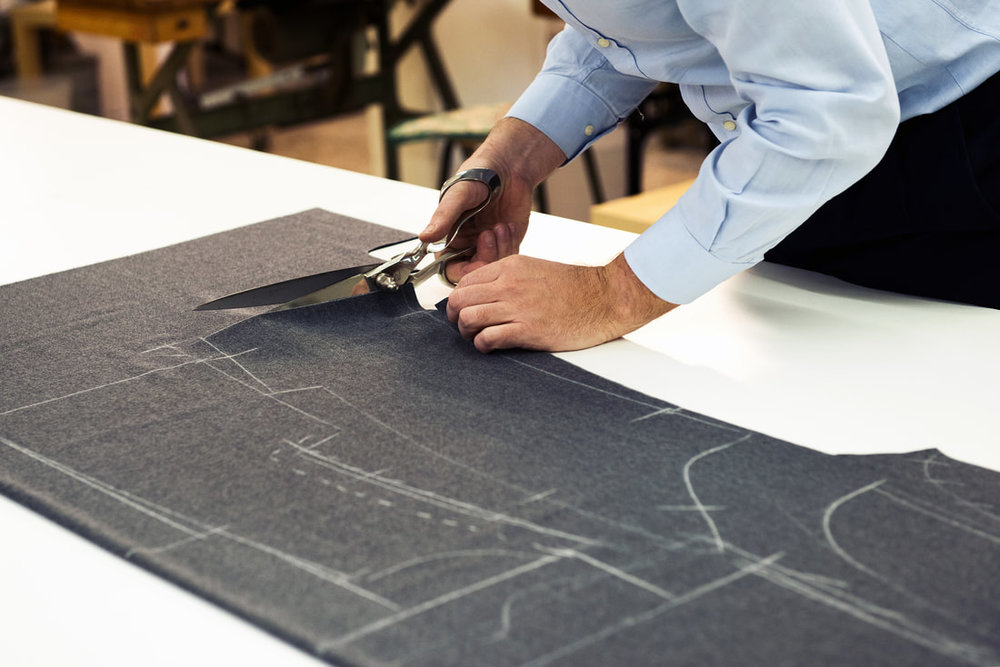

Role of the patternmaker
Before any new garments are assembled, each component must be traced correctly onto fabric and developed into patterns for cutting. Traditionally, the art of converting the design concept into the pattern pieces has been the role of the patternmaker whose duties have included:
- Creating a master pattern for each size within a range of garment sizes, using charts, drafting instruments, computers, or grading devices.
- Inputting specifications into computers to assist with pattern engineering and pattern cutting.
- Drawing details on outlined parts to indicate where parts are to be joined, as well as the positions of pleats, pockets, buttonholes, and other features.
- Making adjustments to patterns after cutting, sewing, and fittings.
- Refining the dimensions of patterns after fittings to account for the real-world impact of stretching of material.
Manual methods for completing and managing each of these tasks are labor intensive and directly impact the profitability of your organization. It’s not unheard of for the process to take days for a single design. Fortunately, there is a better way.





